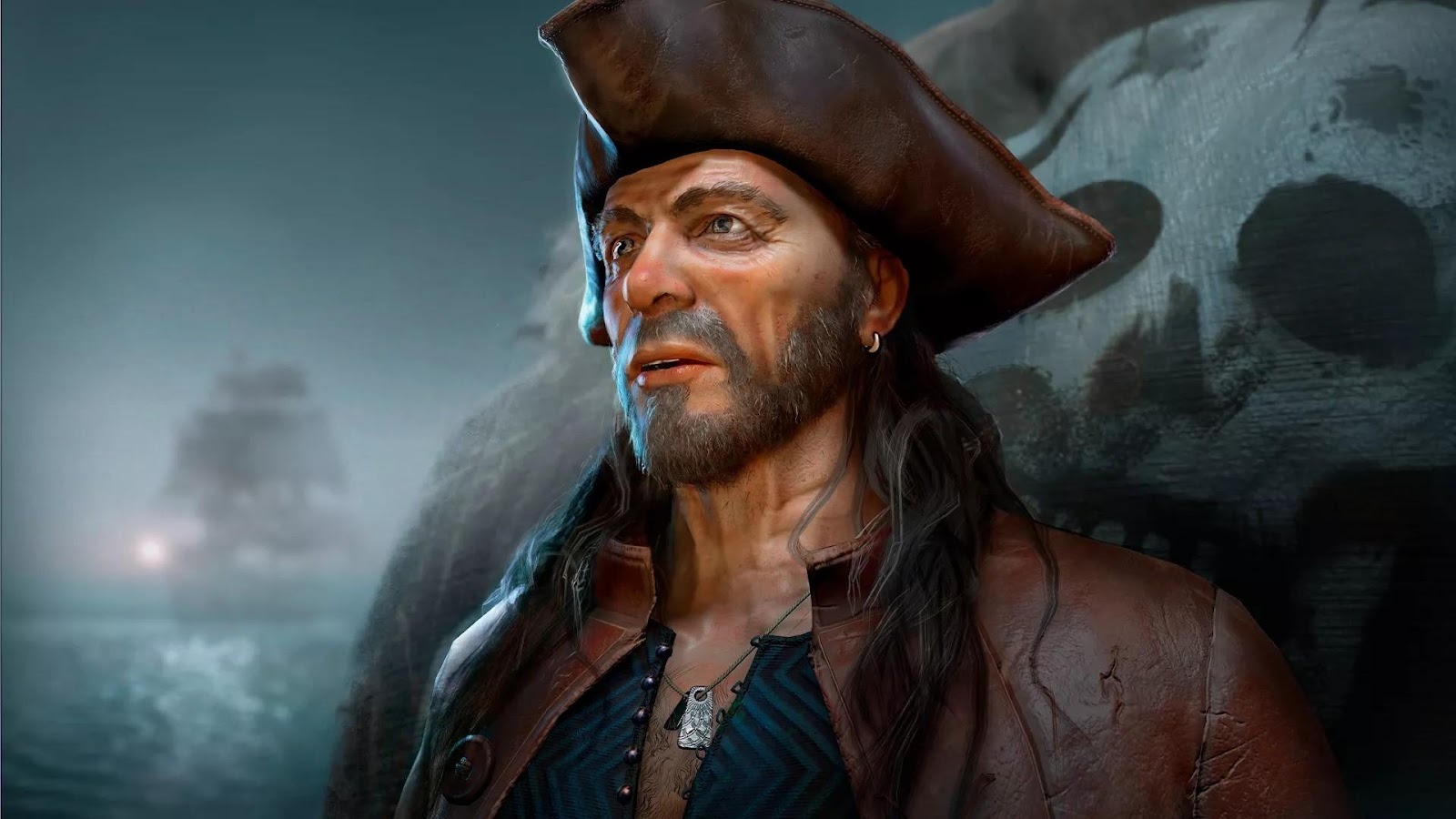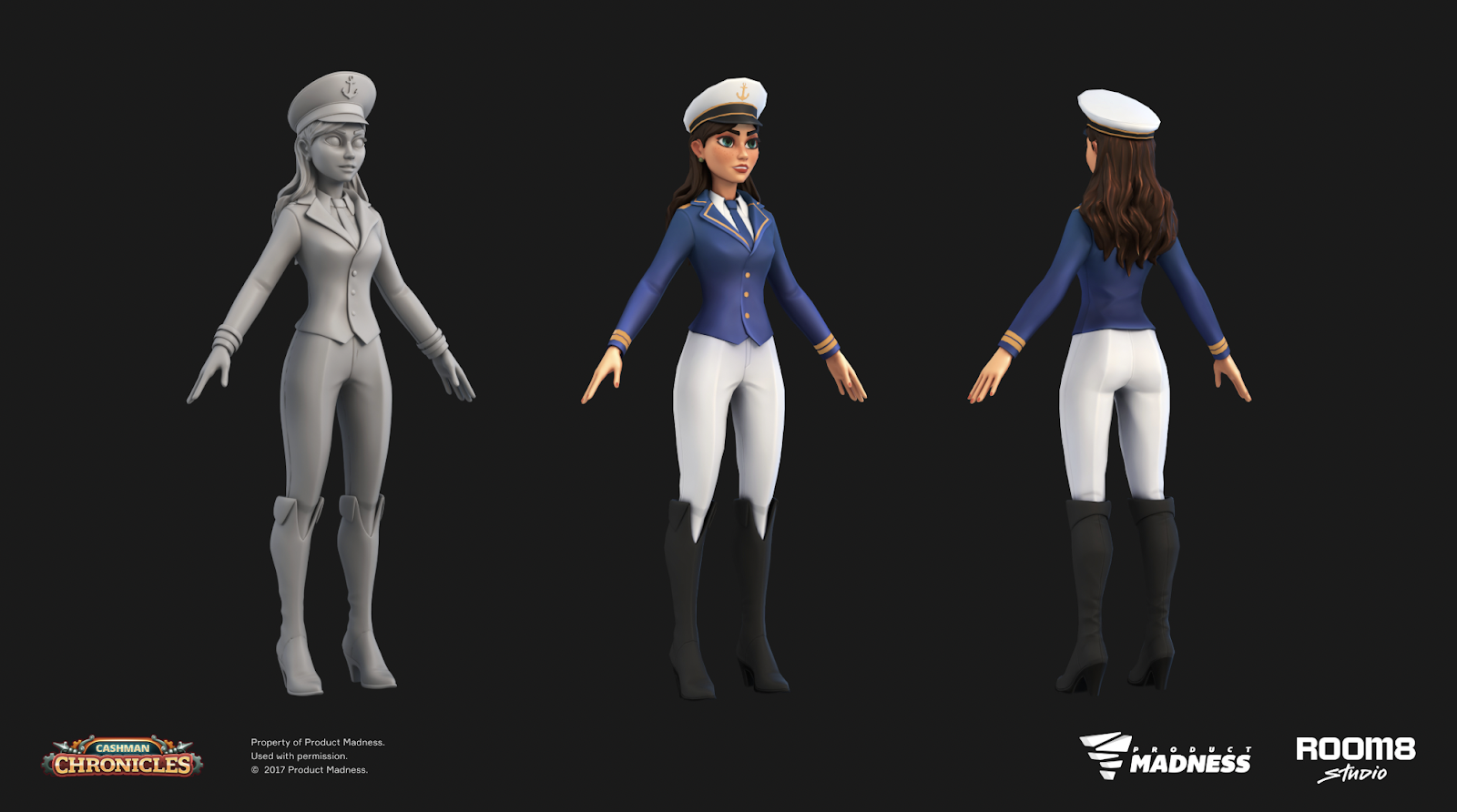Top 5 3D Character Design Studios
Updated on
Published on

In games, characters are often the anchor that players hold on to. A strong 3D character design not only makes a hero or villain memorable, it sets the tone for the whole world. Building these characters is a craft that mixes anatomy, storytelling, and technical skill – and a handful of studios have carved out their own reputations for doing it well.
Why 3D character design requires special attention
Not every 3D art company that creates props or environments is equally good at building characters. Characters are far less forgiving – players notice instantly if proportions feel wrong, if the face looks stiff, or if animation doesn’t flow naturally. A sword or a chair can get by with minor flaws; a 3D character cannot.
This is why character work is often handled by specialized teams. It demands both artistic sensitivity – anatomy, expression, style – and technical control so the model rigs and animates without problems. Choosing the right character artist or studio makes the difference between a hero players connect with and one they forget.
For clients, this means paying special attention when selecting a partner. A studio that excels in environments may not have the same experience in faces, hands, and the small details that define personality. Dedicated 3D character design studios exist precisely because of this challenge – and picking one suited to your project is key to getting results that hold up under player scrutiny.
5 best 3D character design companies
1. Kevuru Games

Kevuru has earned attention as a 3D art company that can adapt to almost any brief. Their teams move comfortably between stylized mascots and highly realistic humans. What makes them unusual is the balance: reliable quality, affordability, and the ability to take on projects of very different sizes. For indie developers, Kevuru offers accessible expertise. For large publishers, they scale up and deliver at AAA standards. That middle ground makes them the most versatile option on this list.
2. N-iX Game & VR Studio

N-iX is built for scale. Their pipeline is designed to deliver large volumes of assets, and their character artists excel when working as part of big, structured teams. If a publisher needs dozens of models created under tight deadlines, N-iX is a dependable partner. The flip side is that small, highly personal projects may get lost in the machinery – this studio is best suited for long-term outsourcing contracts.
3. Room 8 Studio

Room 8 is known for creativity and versatility. Their character teams shift between stylized and realistic art with confidence, often adding bold shapes and storytelling details. They’re a good choice for developers who want characters with personality and visual impact. For bulk, uniform production, they may not be the first pick.
4. Elite3D

Elite3D is a strong pick when you want a 3D art company that does character work and shows it openly. Their portfolio includes game-ready characters for titles like Hyper Scape – fully rigged, textured, and ready for use in engine. They bridge the gap between polished art and in-engine practicality. For teams that need hero characters or detailed protagonists, Elite3D delivers quality you can see – but for bulk work or simpler props, you might want a partner with more focus on scalability.
5. ArtStation Studios
Rather than a traditional studio, ArtStation Studios taps into the vast talent pool of the ArtStation community. The result is highly original work and access to specialists in niche styles. It’s an excellent choice for teams who want a 3D character with a distinct personality or experimental edge. The trade-off is consistency – a distributed model can sometimes lack the cohesion of a single in-house team.
Which 3D character studio is the best for you?
Each studio here brings its own strength. N-iX is built for volume, Lemon Sky for striking visuals, ArtStation Studios for originality, and Sperasoft for large-scale reliability. Kevuru stands apart as the all-rounder – a 3D art company that can shift between different project scopes without losing balance on cost or quality. The best choice depends on the kind of game you’re making and the role characters play in it.







